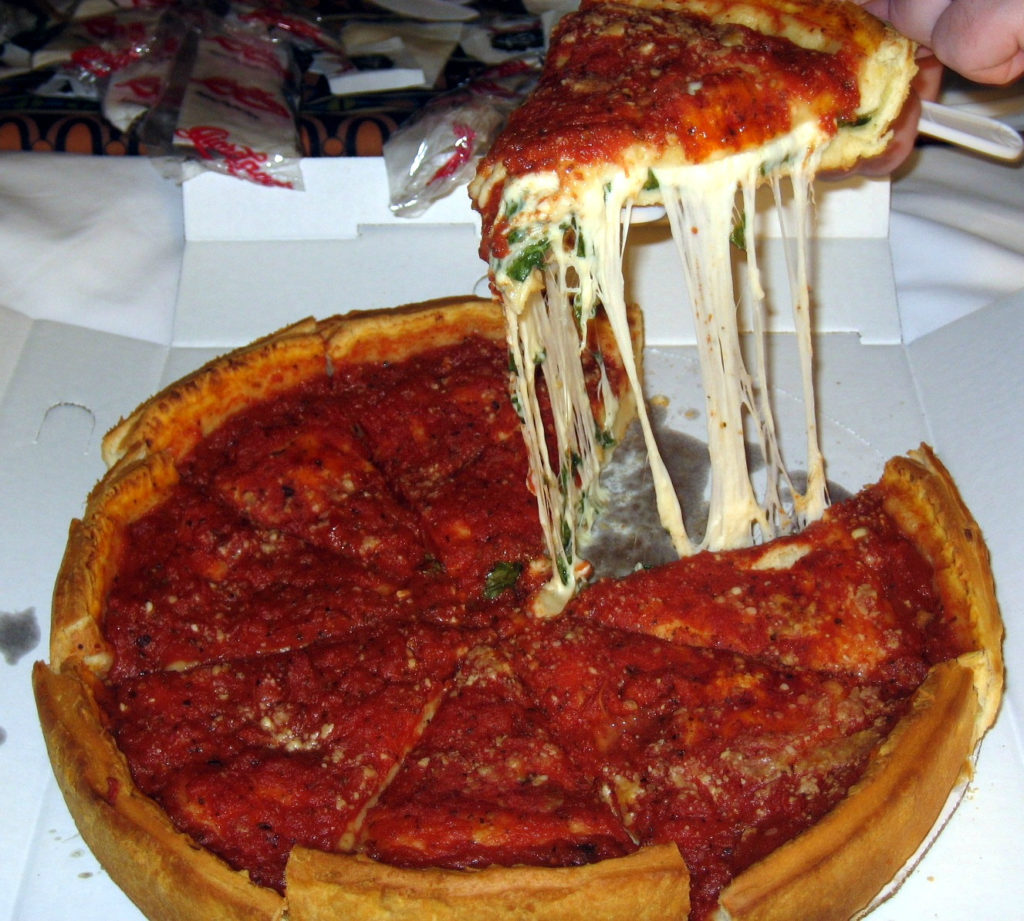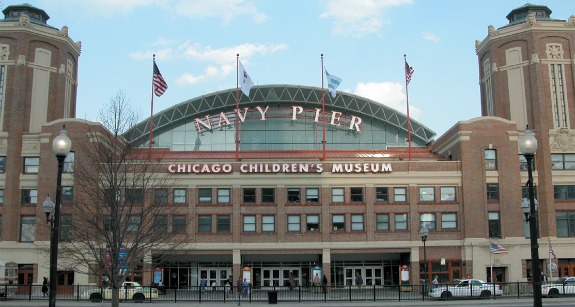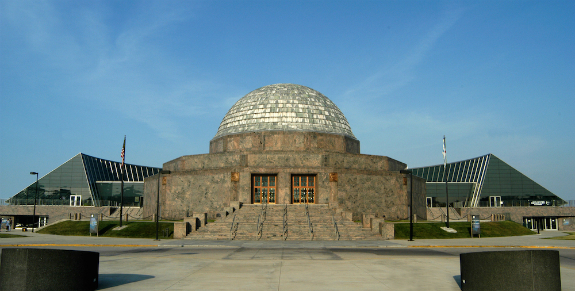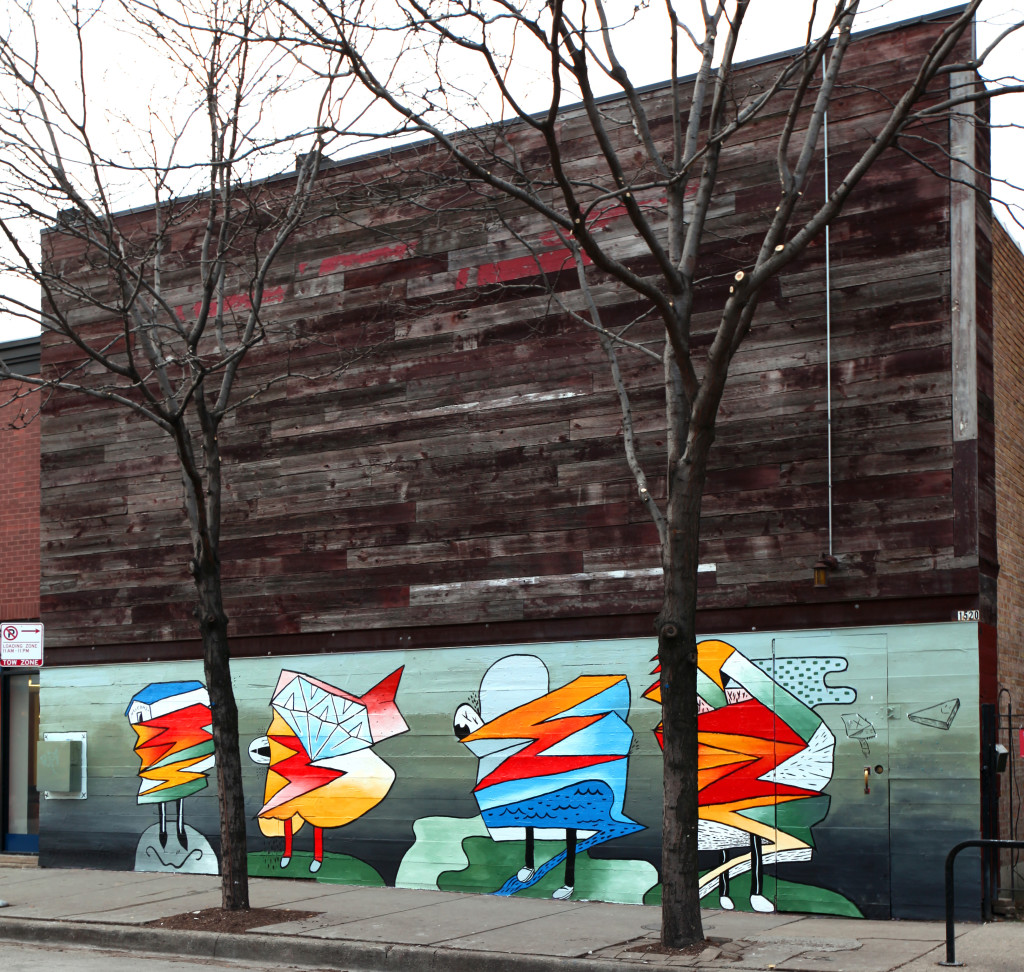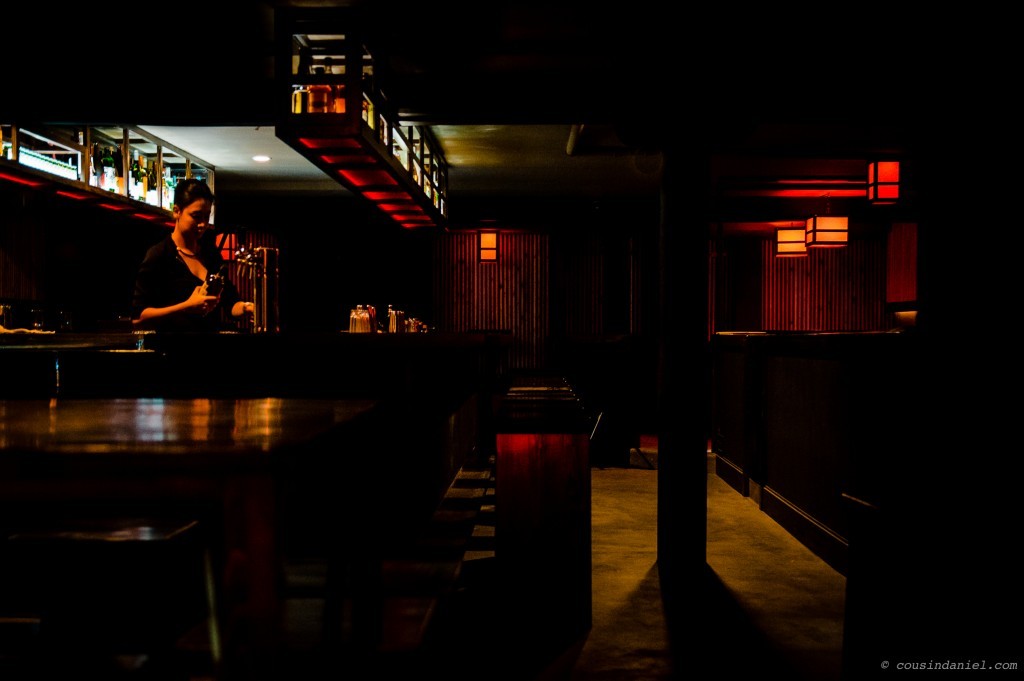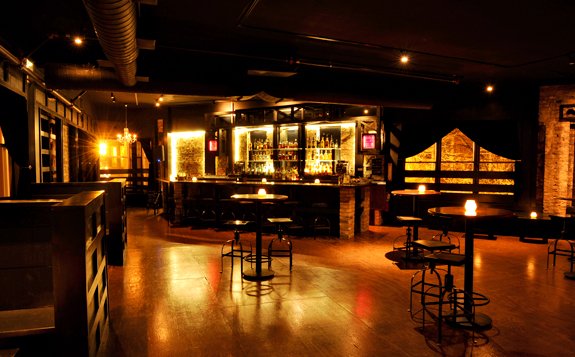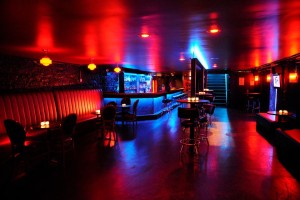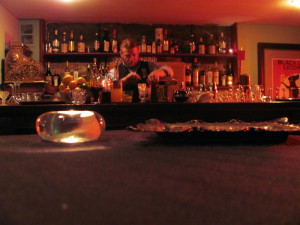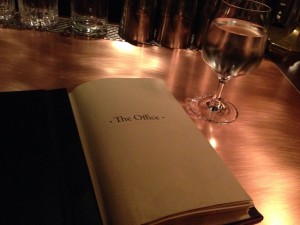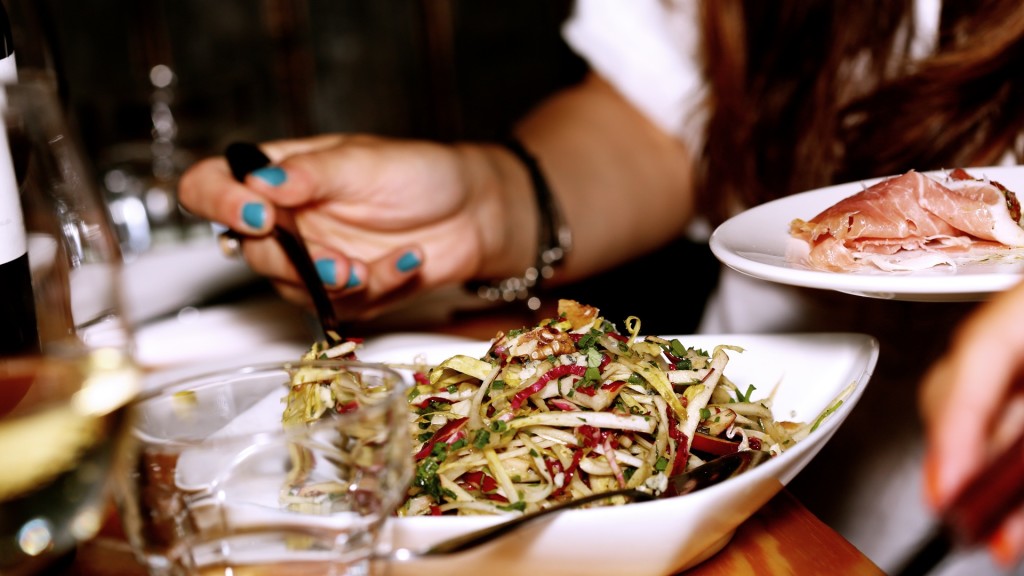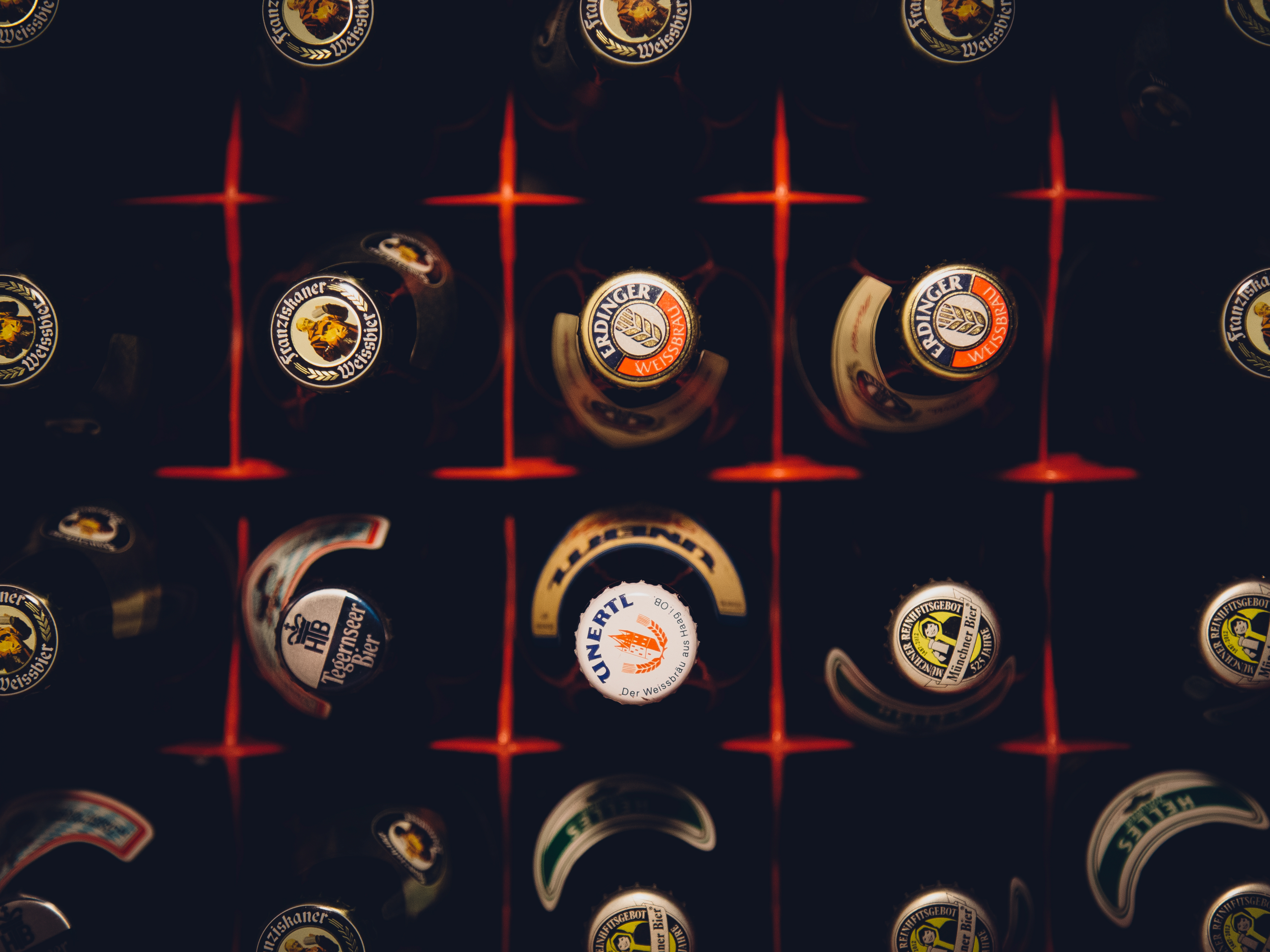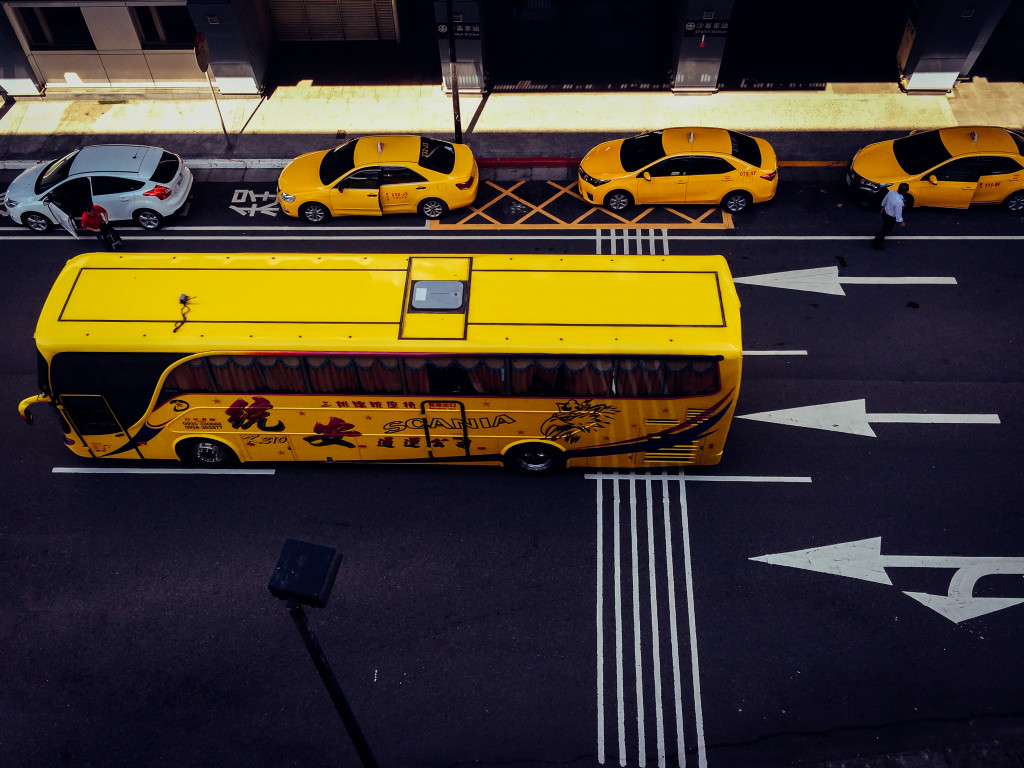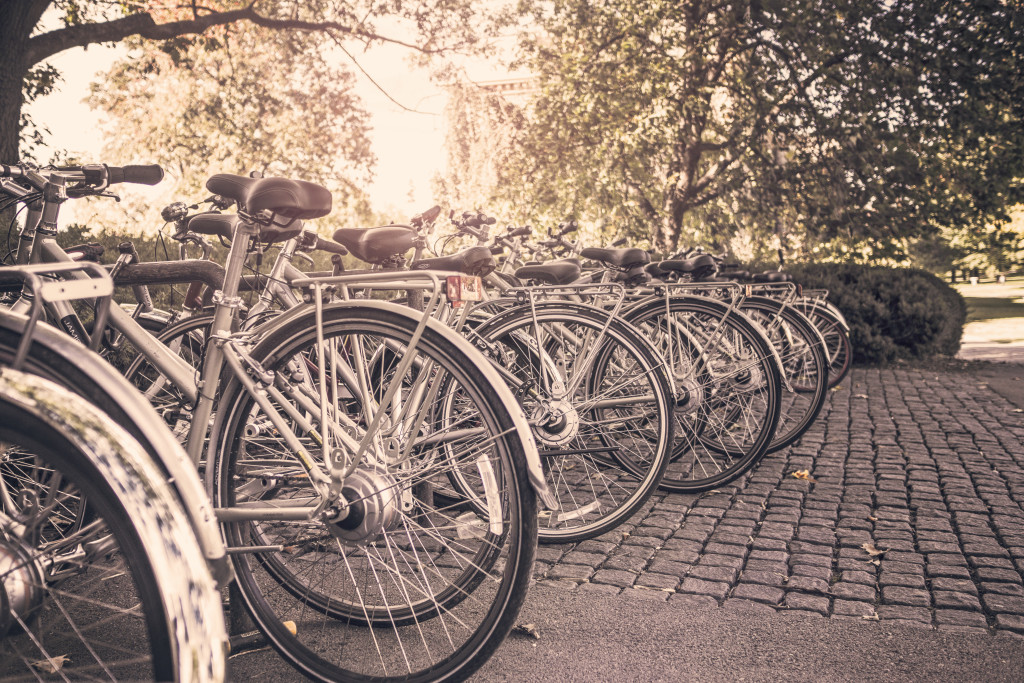Today we’re examining Chicago Style Italian Beef including the history, the ingredients and most importantly where to get it. In the past we’ve broken down Chicago Deep Dish Pizza and it is probably more involved than you might think.
Chicago Style Italian Beef History
We’re not sure why we Chicagoans have such a hard time with history and getting stories straight. Who started the Great Chicago Fire of 1871? Where did we get our Chicago Nicknames? Italian Beef also has some debatable origins. Here are a handful of the most recognized theories.
- 1925 a company by the name of Scala’s Original Beef and Sausage Company started in Chicago. (Spoiler alert: it still does operate and supplies many Chicago restaurants with their meat for beef sandwiches). According to them the Italian Beef was introduced at weddings and banquets. The roasted beef was sliced thing and served on bread to help “stretch” the food to feed the many guests. It was, needless to say, a very popular item and the rest is history.
- Then there is the story of an Italian immigrant working in the Chicago Stock Yards in the early 1900s. (The stock yards were Chicago’s meat-packing district, and Chicago led the world in meat packing back then). The worker would take home the less desirable cuts of meat that the company sold and according to the story made literally the same exact thing that is served today: roast the beef in Italian spices and broth, slice it, serve on Italian bread. This one seems a bit far-fetched, but we love it.
- And while perhaps not the inventory of Italian Beef sandwiches we do have to tip our caps to Al Ferreri and his sister and brother-in-law, Frances and Chris Pacelli. Why? Because that trio is responsible for opening Al’s Beef in 1938. The restaurant is still open today and has expanded quite a bit. In fact there is one in Dubai now!
Regardless of who invented the Chicago Style Italian Beef when we know this much – it’s dang good. Let’s take a closer look at the ingredients used to make these sandwiches.
Chicago Style Italian Beef Ingredients

Al’s Beef Chicago Style Italian Sausage. Don’t you tell us this doesn’t make you hungry.
We like this part the best. So often we don’t know what were eating. A Chicago Style Italian Beef? Easy, it’s meat, bread, juice and maybe some peppers, right? Not so fast…
The meat used to make an Italian Beef sandwich is beef. Typically it’s one of three different cuts of meat: sirloin rear, bottom round or top round. Bottom Round is by far the most popular which if you look at the graphic below it would be a 32 lb. cut of beef just above the shank on the outside of the steer’s hind legs.
Study and remember these cuts the next time you are shopping for beef in the grocery store. Source: Yzmo at the English language Wikipedia [GFDL (http://www.gnu.org/copyleft/fdl.html)
Once the beef is cooked it’s then sliced thin in a deli slicer and returned to it’s broth to cook some more before being served to you on an Italian roll with your choice of peppers – either sweet or hot.
You’re going to get your choice – sweet or hot peppers. Of course you could opt for neither, but if you take one or the other here is what you’re getting:
- Sweet Peppers – the pepper is actually called the Friggitello, but you might here it in the streets called “Golden Greek”. We (Americans) will often times confuse this with a peperoncini – THIS IS NOT a peperoncini. Oh, and often times if you order sweet peppers on your Italian Beef you could get simply cooked green bell peppers, which is OK too.
- Hot Peppers – Mmm. This is where it’s at! When you order hot peppers on your Chicago Style Italian Beef you aren’t simply going to get a couple of whole peppers thrown on there. You’re going to get a hot relish of pickled vegetables that INCLUDE peppers called Giardiniera. (Pronounced: JAR – DIH – NAIR – AH) This HOT style relish is a Chicago thing and we’ll often times add sport peppers to kick it up a notch. The remaining vegetables include carrots, celery, cauliflower, serrano peppers and gherkins. There can be an entire post on Giardiniera – which is a good idea…
Some places you can have them throw cheese on top, typically melted mozzarella. We’ve had it. It’s not bad – actually it’s quite good. However, there is just something that feels “right” about not getting cheese. No one is going to look at you crazy if you order a cheesy beef though.
And when you order you are definitely going to be asked “Wet or Dry?” This can throw a first-timer off. You might be wondering, “wait…what? it’s a sandwich..” Here is what you need to know to properly answer:
- Wet: The beef gets pulled from the broth with tongs and is immediately put onto the Italian roll – most of the juices are soaked into the bread.
- Dry: The beef gets pulled from the broth and the server gives the beef a chance to dry off. Most of the juices drip back into the pot and don’t make it to your bread.
- Dipped: This is a thing. Beef sandwich is made and then with the tongs the ENTIRE sandwich is dipped into the broth. 100 out 100 in the flavor department, 100 out of 100 in the very soggy, kind of hard to eat department too.
Where to get Chicago Style Italian Beef

Johnnie’s Beef (Courtesy of TripAdvisor)
There are so many great places for Italian Beef in Chicago. We couldn’t possibly list them all. We’ll do our best to provide our favorites. If we forgot a place on this list add it to the comments section. In no particular order…
Al’s Beef – Many locations, one of the originals founded in 1938
Mr. Beef on Orleans – Another one of the originals – classic.
Johnnie’s Beef – One of our favorites – located just west of Chicago. Yum.
Portillo’s – A Chicagoland favorite – has a large menu of other foods too and many locations across the city.
Jay’s Beef – This place serves awesome beef sandwiches and is located in Wicker Park. So we like it. A lot.
Enjoy your Chicago Style Italian Beef sandwiches!


